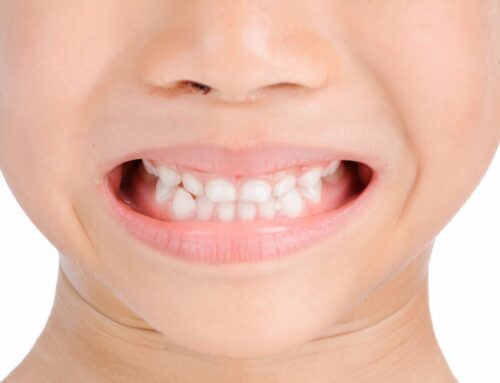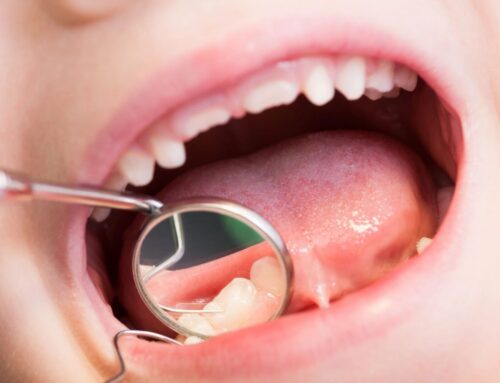I was surprised when Dr. Jamie suggested that my 8-year-old daughter get evaluated by an orthodontist for braces – she’s so young! Aren’t braces for teenagers? On my daughter’s x-rays, Dr. Jamie pointed to permanent teeth still in the gums that are not lined up with the space where they should grow in. An orthodontist, Dr. Jamie explained, can evaluate my daughter’s teeth to predict whether the permanent teeth will likely grow in correctly or if they will need a little help from braces. The American Association of Orthodontists (AAO) recommends that children should see an orthodontist around age 7. At that age, there are enough permanent teeth grown in that the orthodontist can detect upcoming problems. Most importantly, your child’s first permanent molars (called first molars) have grown in by this age, which establishes the way your child’s bite lines up, which is called occlusion. The orthodontist will be able to tell if it is a malocclusion, which simply means bad bite. There are many forms of malocclusion, but here are the ones that the AAO suggests may need “interceptive” treatment at a young age:
- Crossbite – tooth/teeth that are out of line, either by being closer to the cheek/lips or closer to the tongue.
- Crowding – there is not enough space for all the permanent teeth to line up correctly, causing teeth to overlap
- Open bite – upper and lower teeth do not touch when the jaw is closed
- Protrusion – upper front teeth are too far forward or flared, sometimes called “buck teeth”
- Ectopic eruption – a tooth growing in at the wrong angle or in the wrong place, which could damage teeth in its path
- Complete Class III – the lower teeth and jaw project more forward than the upper teeth and jaw, commonly called underbite
- Diastema – a wide gap between teeth
- Oral Habits – any habits that affect the teeth alignment and bite, such as thumb sucking
Taking your child to an orthodontist at a young age does not automatically sign them up for braces early on. The orthodontist will give you recommendations for fixing any problems and lay out a plan for the future, which may or may not include early braces. Getting the information on options from the orthodontist is just the first step!
-Susan Akers, Blogger & Mom





